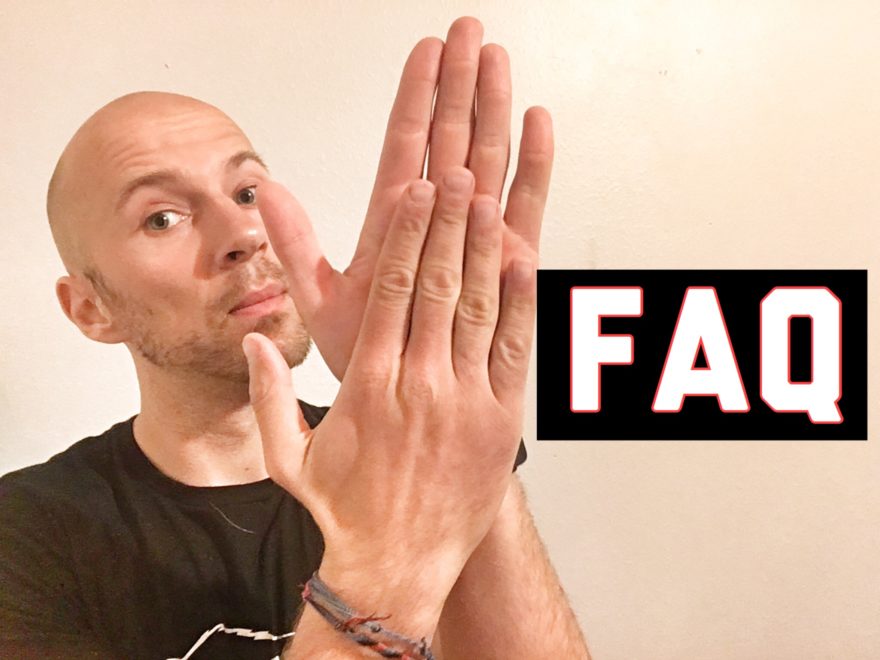Tag: neck
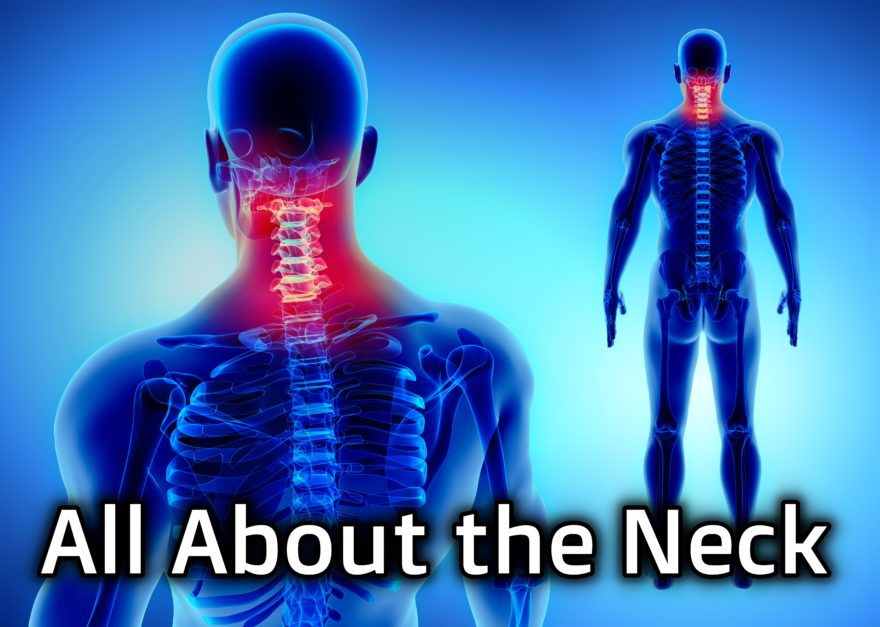
All About the Neck
A comprehensive look at cervical biomechanics and exercise The Wu-Tang clan once said “Protect Ya Neck,” but how in the…
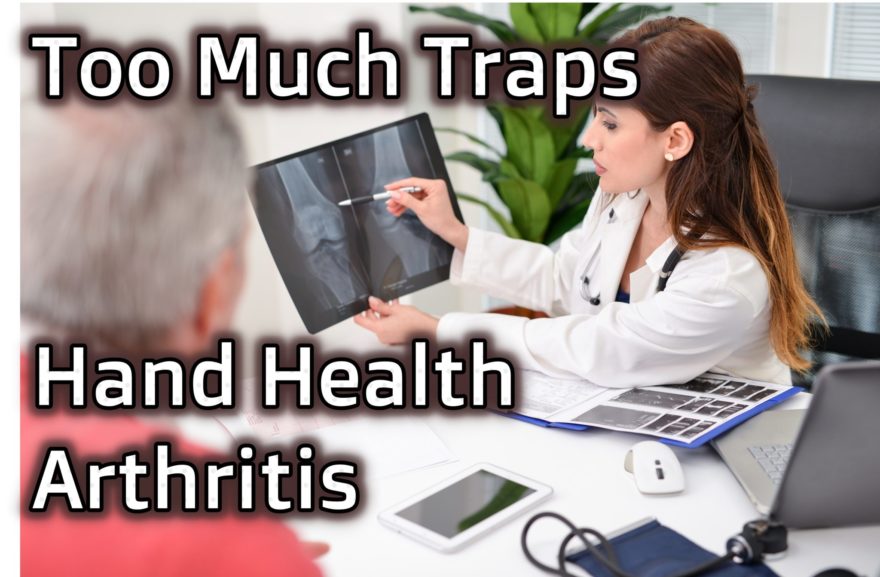
Too Much Traps, Hand Health, and Arthritis – Movement Debrief Episode 92
Movement Debrief Episode 92 is in the books. Below is a copy of the video for your viewing pleasure, and…
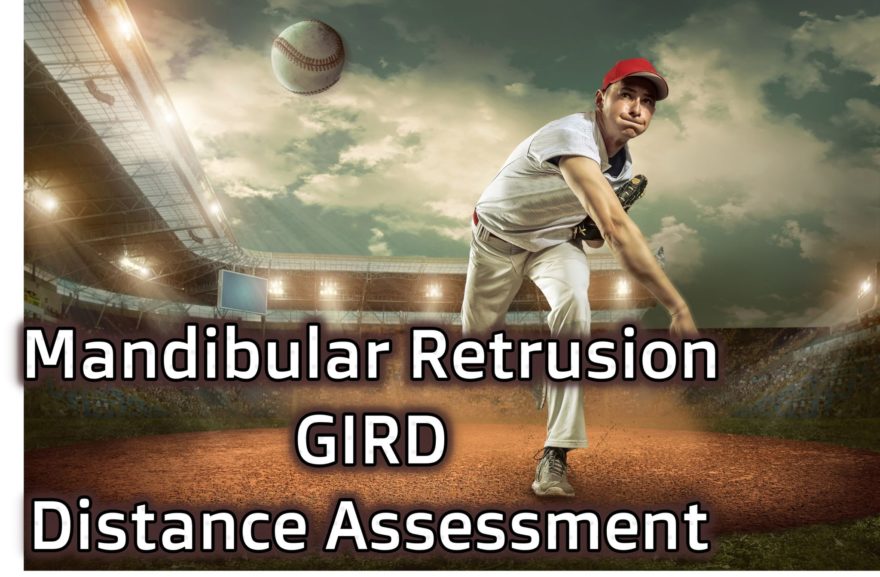
Mandibular Retrusion, GIRD, and Distance Assessment – Movement Debrief Episode 85
Movement Debrief Episode 85 is in the books. Below is a copy of the video for your viewing pleasure, and…
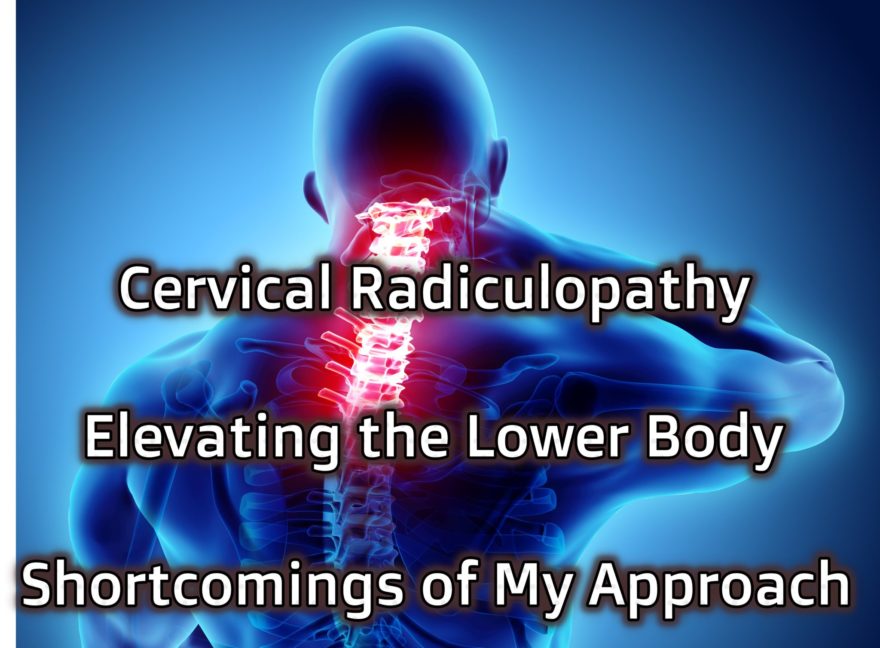
Cervical Radiculopathy, Lower Body Elevation, and Shortcomings of My Approach – Movement Debrief Episode 82
Movement Debrief Episode 82 is in the books. Below is a copy of the video for your viewing pleasure, and…
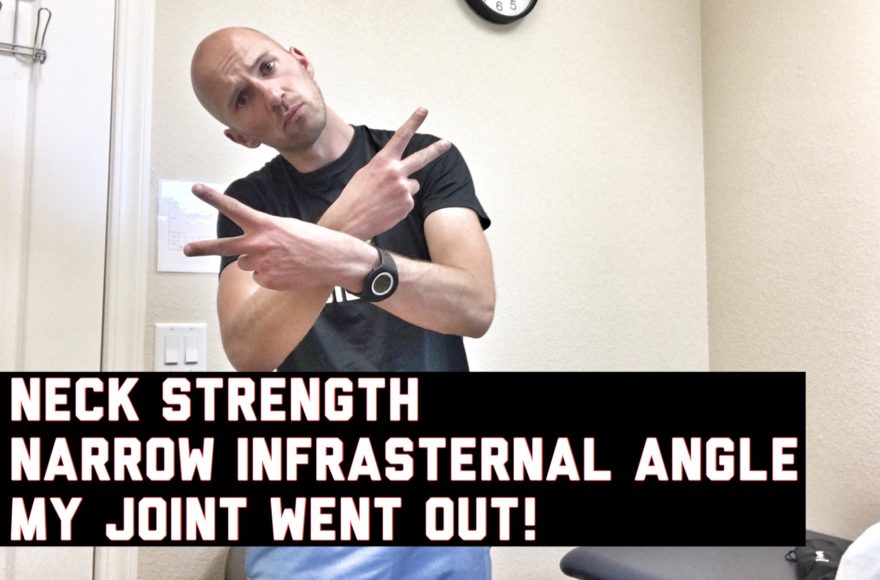
Neck Strength, Narrow Infrasternal Angles, and My Joint Went Out! – Movement Debrief Episode 46
Movement Debrief Episode 46 is in the books. Below is a copy of the video for your viewing pleasure, and…
The Sensitive Nervous System Chapter XI: Neurodynamic Testing for the Spine and Lower Limb
This is a summary of Chapter XI of “The Sensitive Nervous System” by David Butler. Intro For today’s chapter, I…

